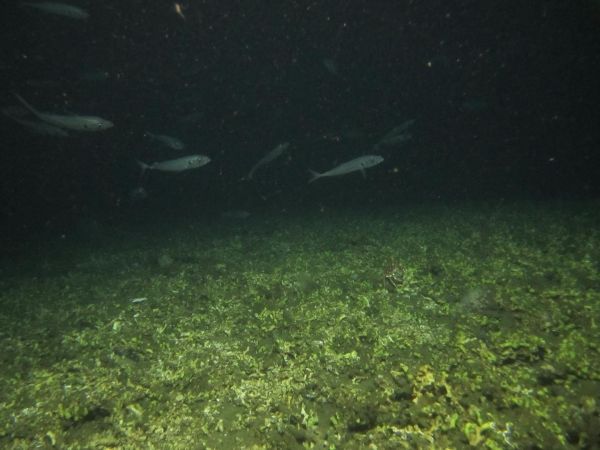Researchers have only been aware of the existence of fossil cold-water corals off the coast of Namibia since 2016. But it was not known when and why the cold-water corals in this region became extinct. By dating fossil coral fragments, Leonardo Tamborrino of MARUM – Center for Marine Environmental Sciences at the University of Bremen, and his co-authors have determined that this localized extinction event occurred around 4,500 years ago. They were also able to link this event with a shift in the Benguela upwelling system, and an associated intensification of the oxygen minimum zone in this region. The team has now published their findings in the journal Geology.
Known as ‘ecosystem engineers’, cold-water corals play an important role in the species diversity of the deep sea. The coral species Lophelia pertusa is significantly involved in reef formation. Its branching, hard aragonitic skeleton offers protection, breeding sites and habitats for numerous other species. Over thousands of years these corals form mound-like structures on the seafloor that can rise to heights of over a hundred meters and be several thousand meters long.
In 2016, during an expedition with the research vessel METEOR, more than 2,000 cold-water coral mounds were discovered in water depths between 160 and 270 meters off Namibia. The mounds extend for a length of more than eighty kilometers along the shelf, making this the largest coral-mound province discovered so far in the southeast Atlantic. The obtained underwater images, however, show that these cold-water corals have been dead for a long time. In order to investigate in more detail when these corals died out, and to discover what environmental factors caused their extinction, the researchers on took sediment samples from a number of coral mounds during the METEOR expedition M122, from which fossil skeleton fragments of the species Lophelia pertusa were selected.
Read more at: MARUM - Center for Marine Environmental Sciences, University of Bremen
Fossil cold-water corals on top of a coral mound off the coast of Namibia, which were first discovered during expedition M122 with the research vessel Meteor. Investigations on the samples from the top of the coral mounds provided to determine when cold-water corals died out. (Photo Credit: MARUM - Center for Marine Environmental Sciences, University of Bremen)


